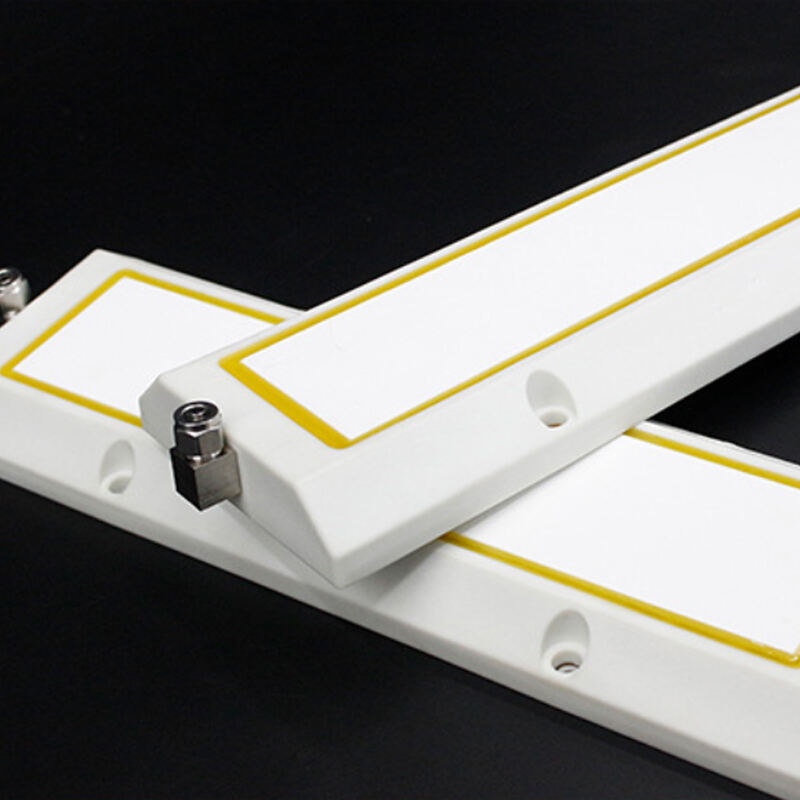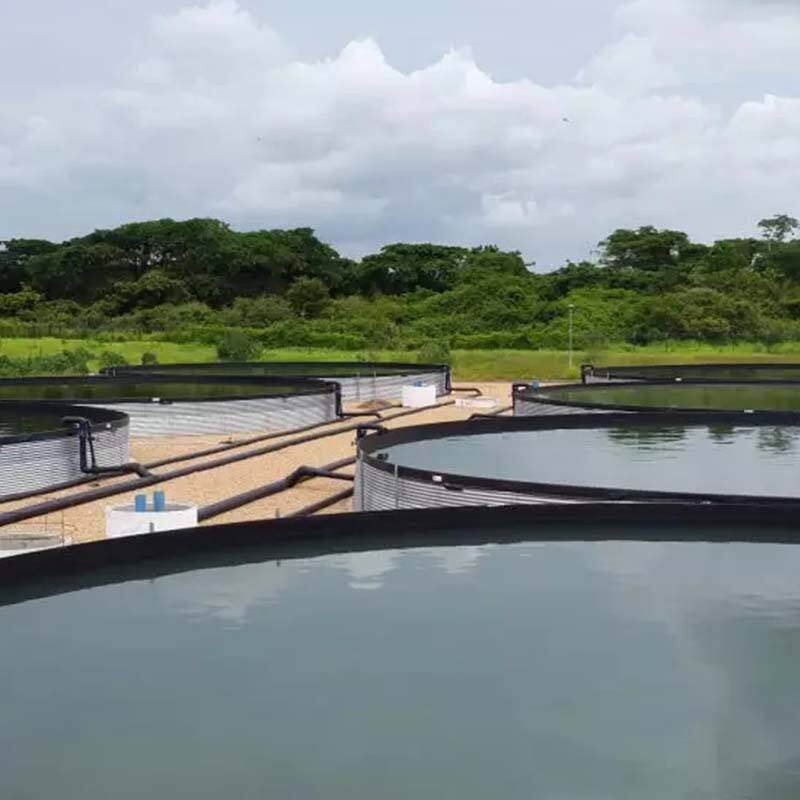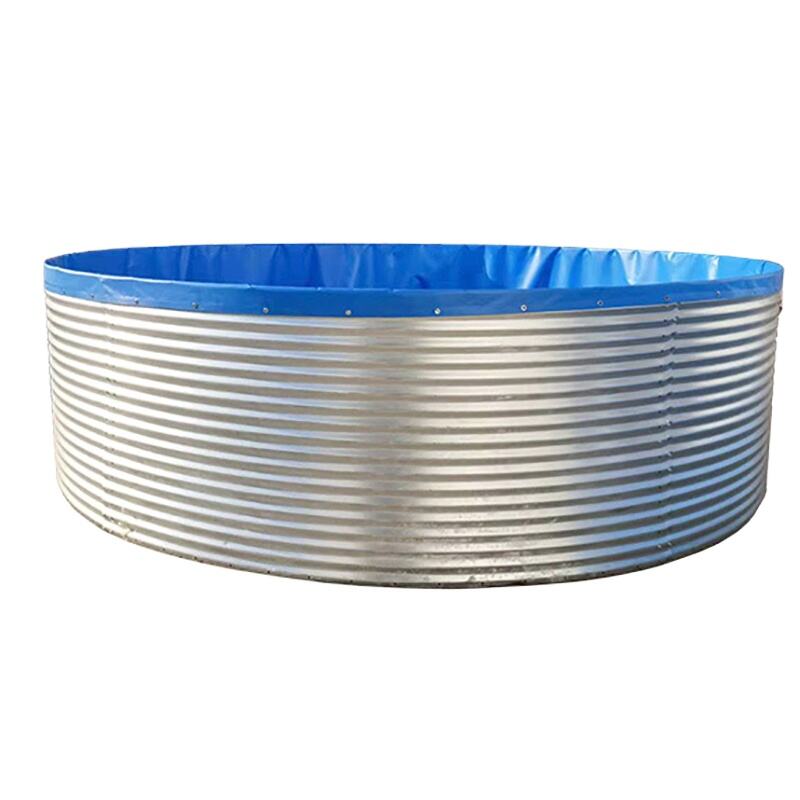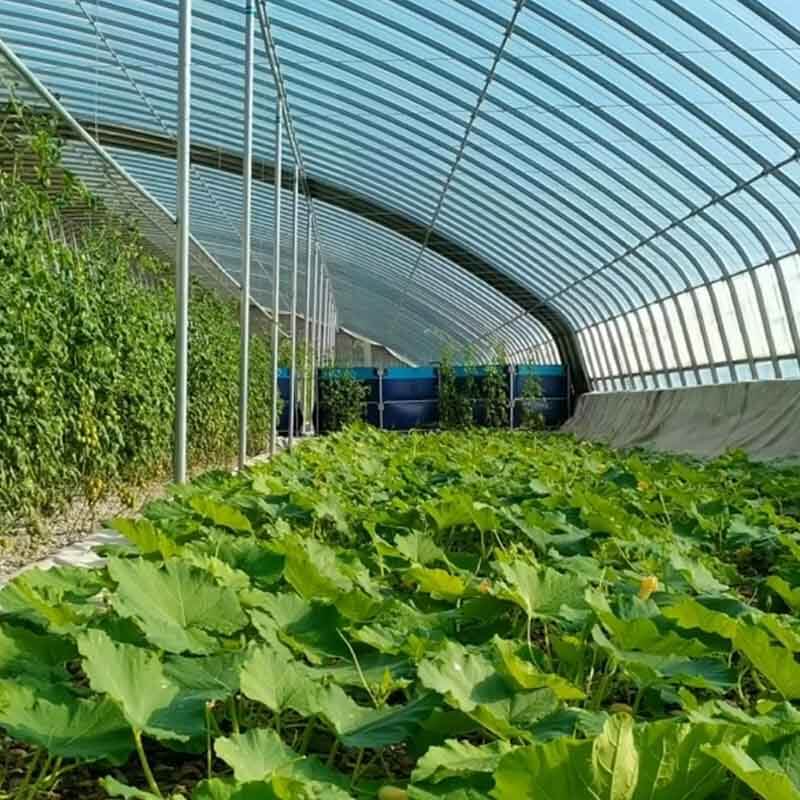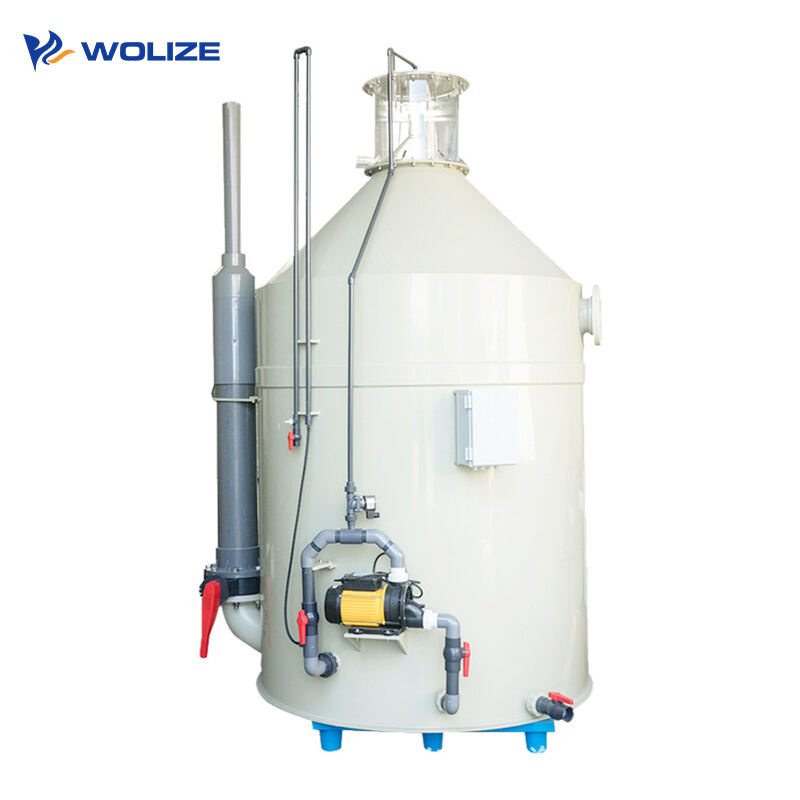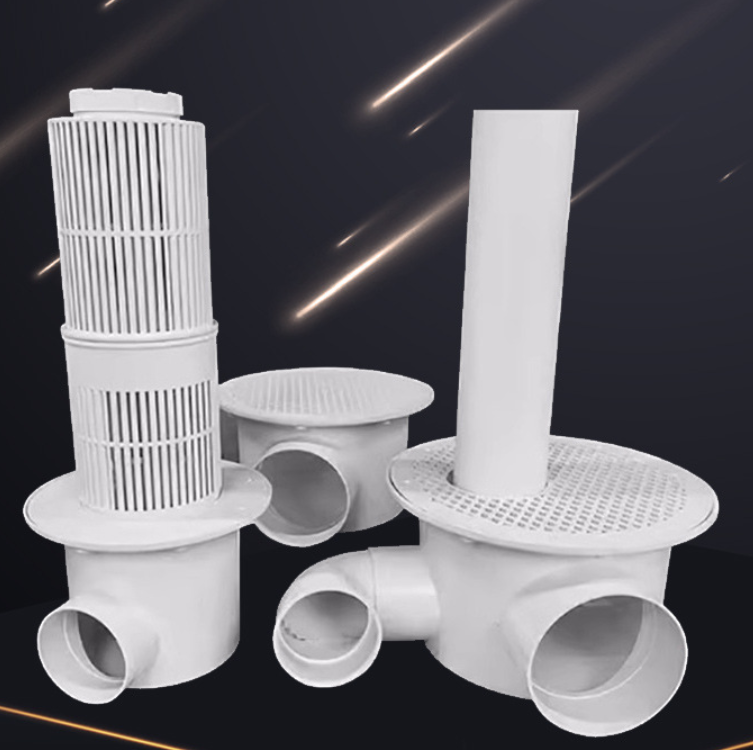How to test the filtering effect of filtering drum machine in recirculating aquaculture?
1. Turbidity:
Turbidity is an important indicator to measure the amount of suspended particles in water. It can be detected using a turbidity meter. Generally speaking, the turbidity of water should be significantly reduced after being filtered through a filtering drum machine. For example, in unfiltered recirculating aquaculture water, the turbidity may reach tens or even hundreds of NTU (Nephelometric turbidity units), while after effective filtration, the turbidity should ideally be reduced to below 10 NTU. In some aquaculture scenarios with extremely high requirements for water quality, such as precious ornamental fish farming or fish fry cultivation, the turbidity after filtration may need to be controlled at 1 - 5 NTU.
2. Suspended solids content (TTS):
The content of suspended solids in the water is monitored in real time through online sensors. Before filtering, the aquaculture water is sampled and the content of suspended solids is measured, usually in mg/L. After filtering by a filtering drum, the sample is tested again. An effective filtering drum should be able to remove most of the suspended solids. For example, the suspended solids content of the water body with a content of 100 mg/L before filtering should be reduced to about 10 mg/L after filtering by a filtering drum. The specific reduction degree also depends on the filtering accuracy of the filtering drum and the characteristics of the suspended solids in the water body.
3. Filter inspection
After the filtering drum has been running for a while, turn off the device and check the filter. If a layer of impurities is evenly adsorbed on the surface of the filter and no large particles of impurities penetrate, this indicates that the filtration effect is good. On the contrary, if there are many large particles of impurities that have not been filtered on the filter, or there are obvious holes that allow impurities to pass directly, it means that the filtration effect is not good. For example, during the inspection, it is found that a large amount of feed particles, fish feces and other substances that should be filtered remain on the filter instead of being intercepted outside the filter. This is a normal phenomenon; but if a large amount of impurities similar in size to fish feces are found to pass through the filter into the water outlet, there may be a problem with the filter.
Perform integrity tests on the filter regularly. You can use pressure tests or bubble tests. In a pressure test, a certain pressure of gas or liquid is applied to one side of the filter to see if there is any leakage on the other side. A bubble test is to immerse the filter in water, pass gas from one side, and see if there are any bubbles coming out from the other side. If a leak is found, it means that the filter is damaged, which will affect the filtering effect.
4. Compare the appearance and smell of the inlet and outlet water
Appearance:
Carefully observe the appearance of the incoming and outgoing water. If the incoming water is turbid, has color (such as green due to more algae) or has visible impurities floating on it, the outgoing water should become clear and transparent after being filtered by the filtering drum. For example, if the incoming water looks turbid like muddy water, after being filtered by the filtering drum, the water should become clear and you can clearly see the bottom of the water or the inside of the equipment.
odor:
Some aquaculture water contains a lot of odors caused by the decomposition of organic matter, such as fishy smell, rancid smell, etc. After effective filtration by the filtering drum, the odor should be reduced. This is because the filtering drum removes some of the organic matter that produces odors, such as uneaten feed residues and fish excrement. For example, in a recirculating aquaculture system, the incoming water has a distinct fishy smell. After filtering by the filtering drum, if the smell is significantly reduced, this also indicates that the filtration effect is good to a certain extent.
Recommended Products
Hot News
-
The Christmas discount has arrived
2024-12-26
-
Is it true that raising fish in high-density canvas fish ponds is more efficient than ordinary ponds?
2024-12-16
-
Advantages of galvanized canvas fish pond
2024-10-14
-
High-density fish farming technology, fish pond cost, canvas fish pond, canvas pond, high-density fish farming
2024-10-12
-
Why choose flowing water high-density aquaculture
2023-11-20











































